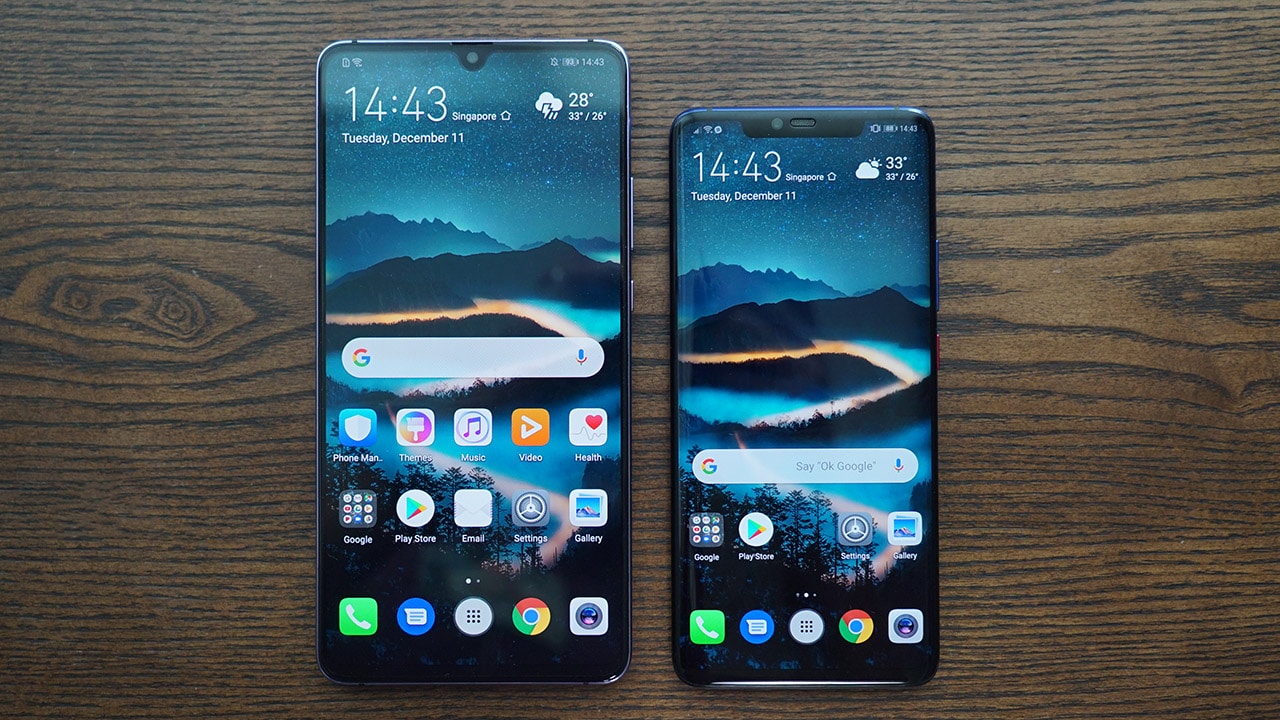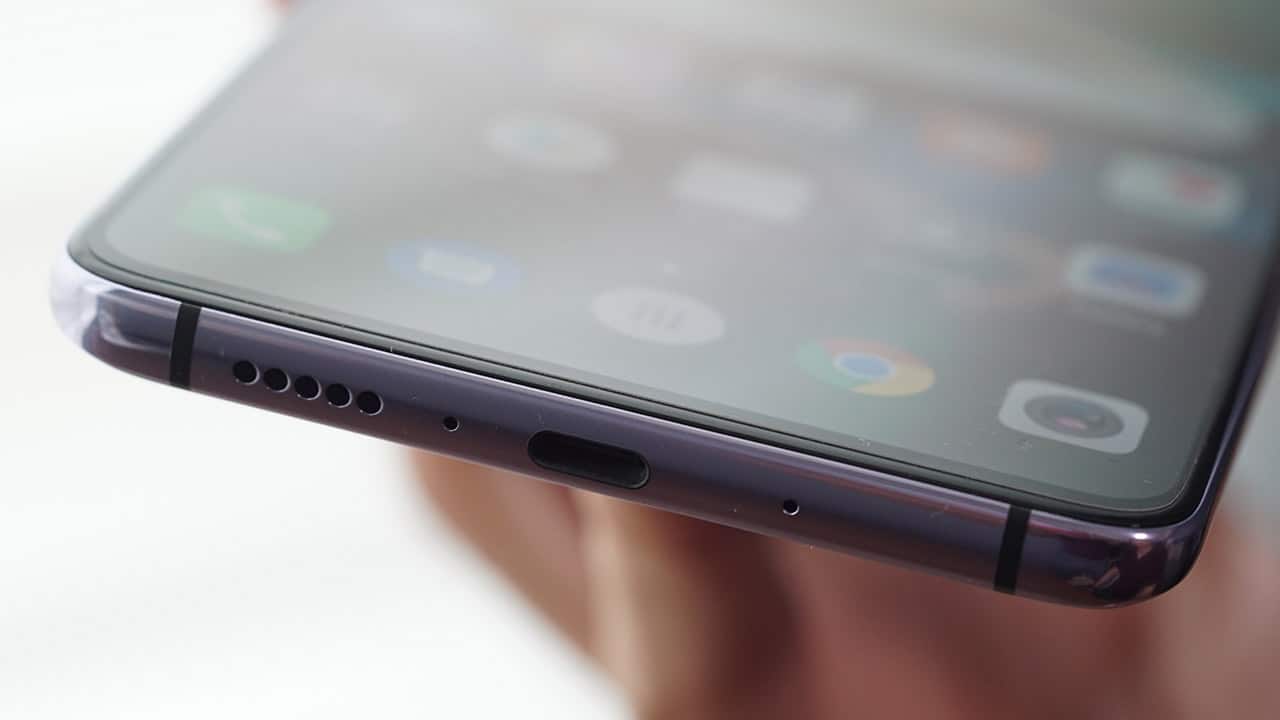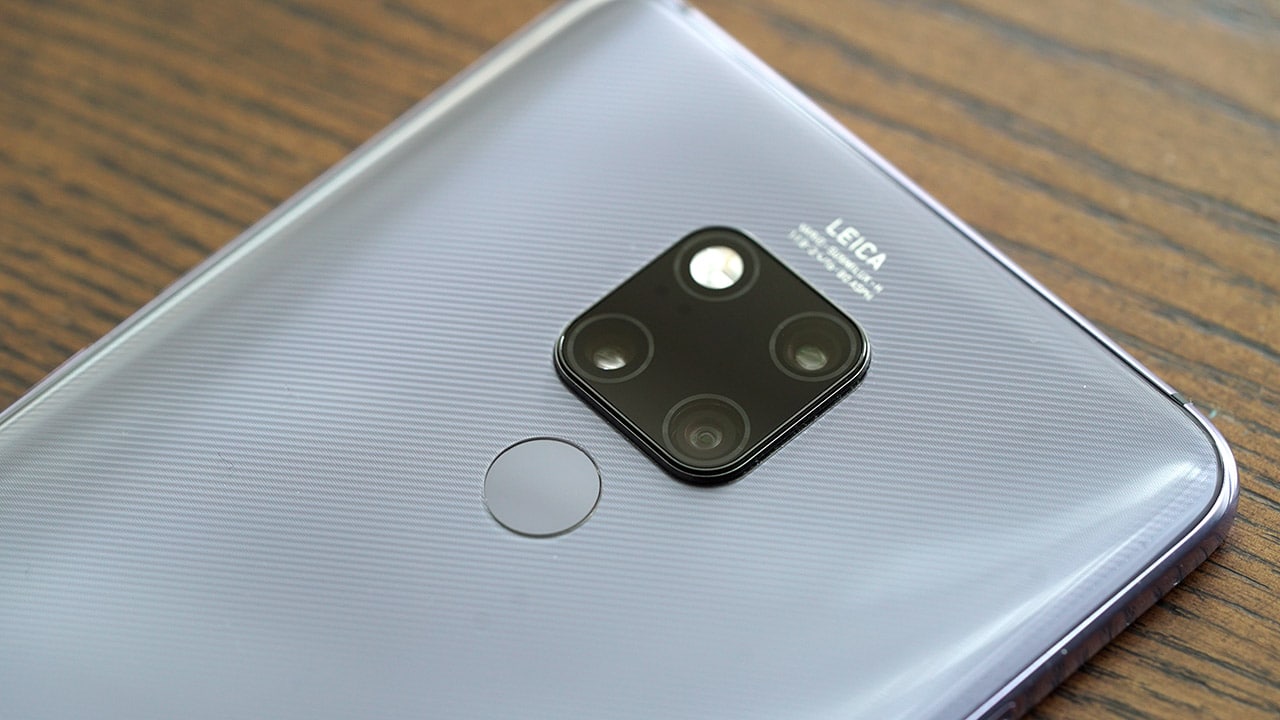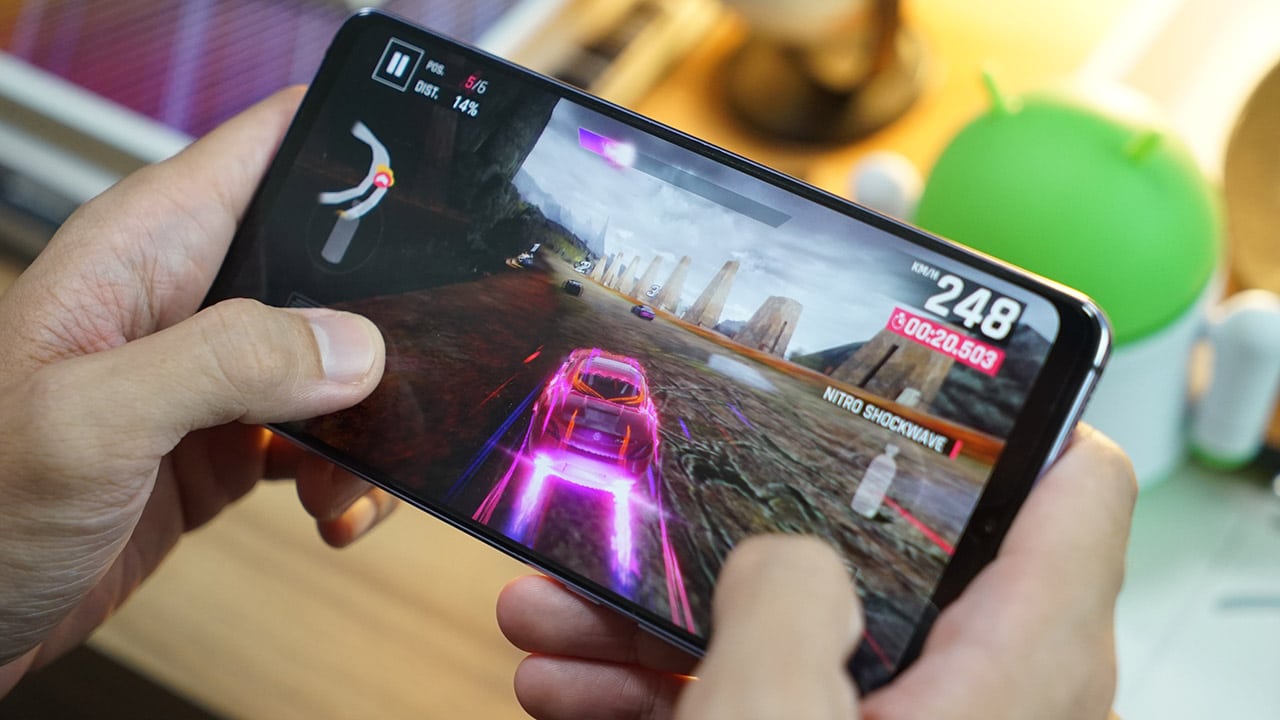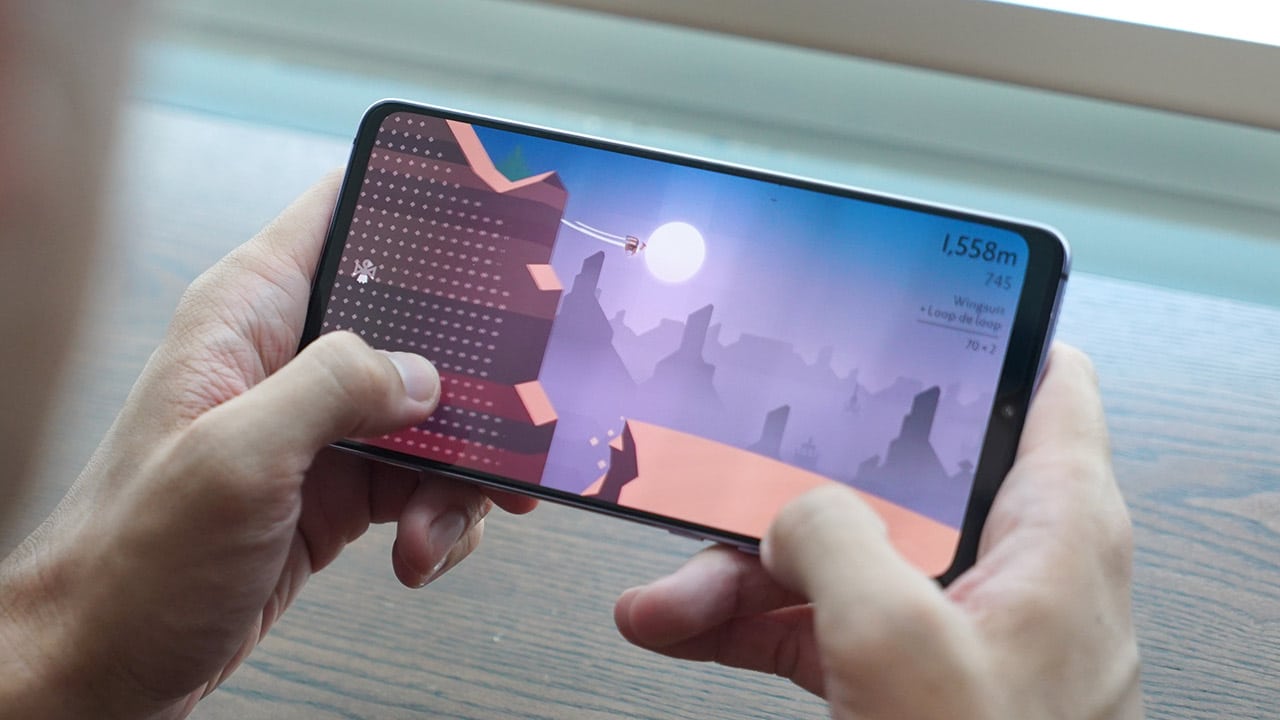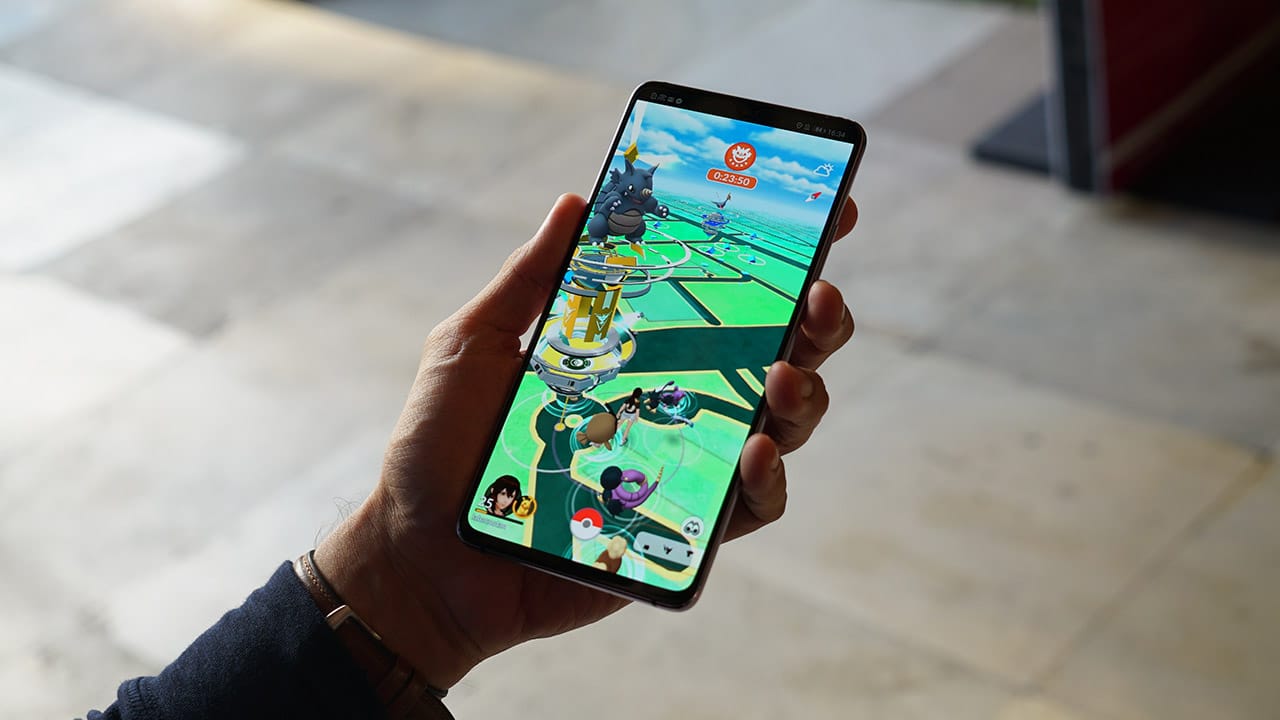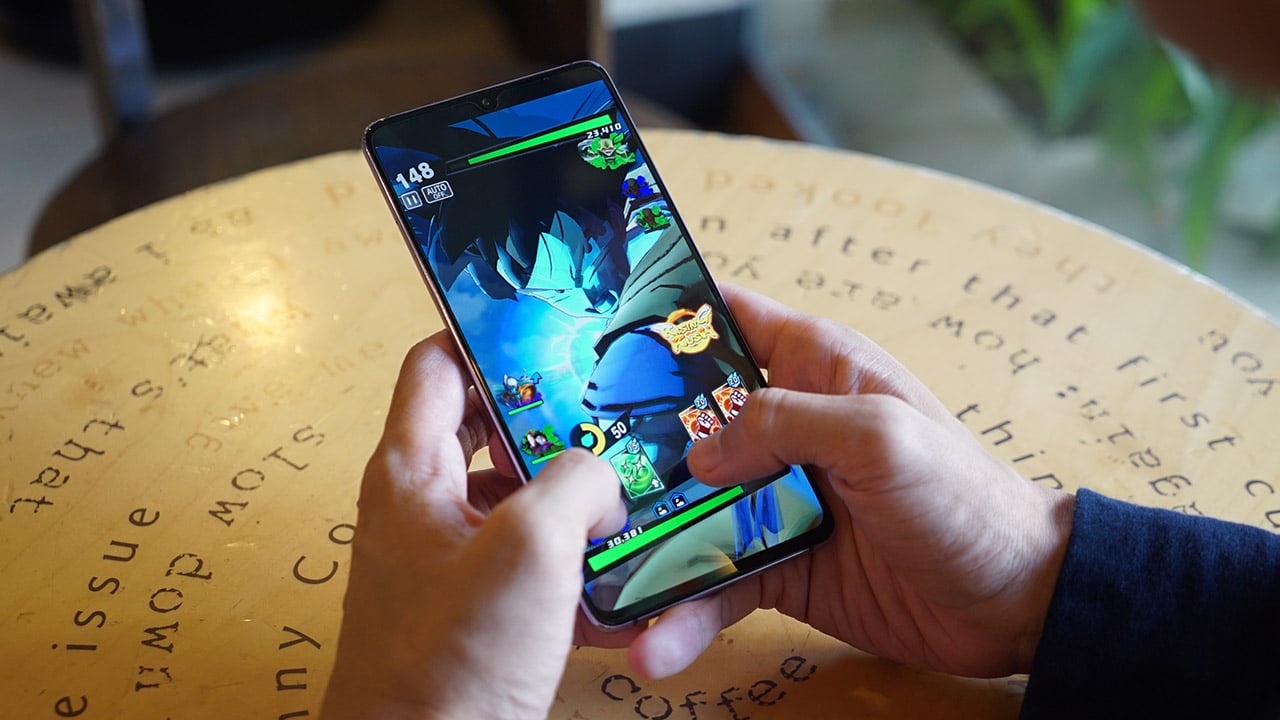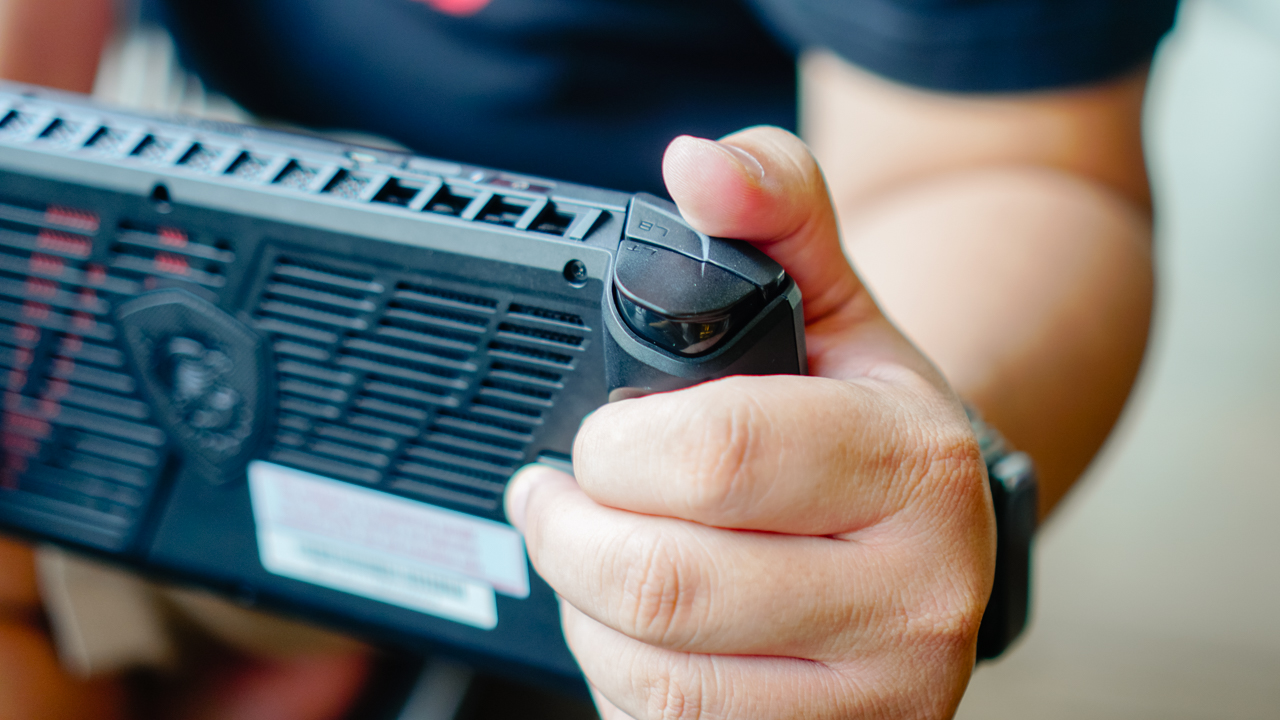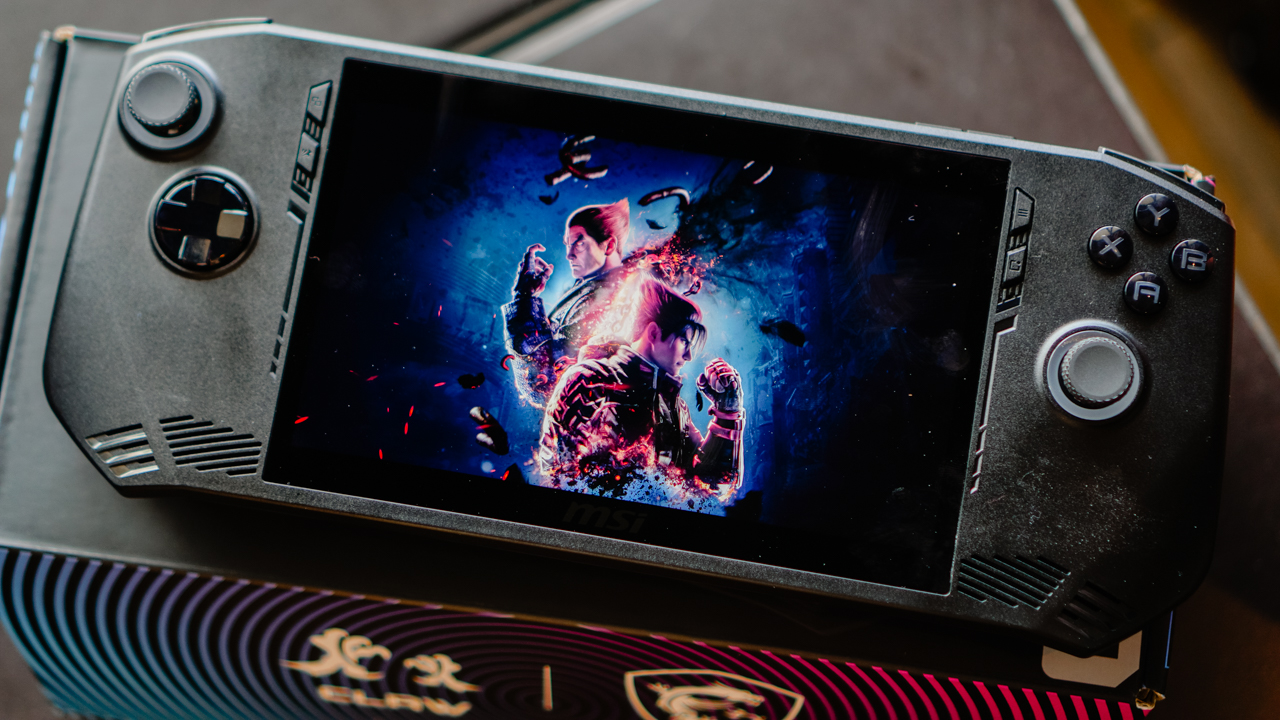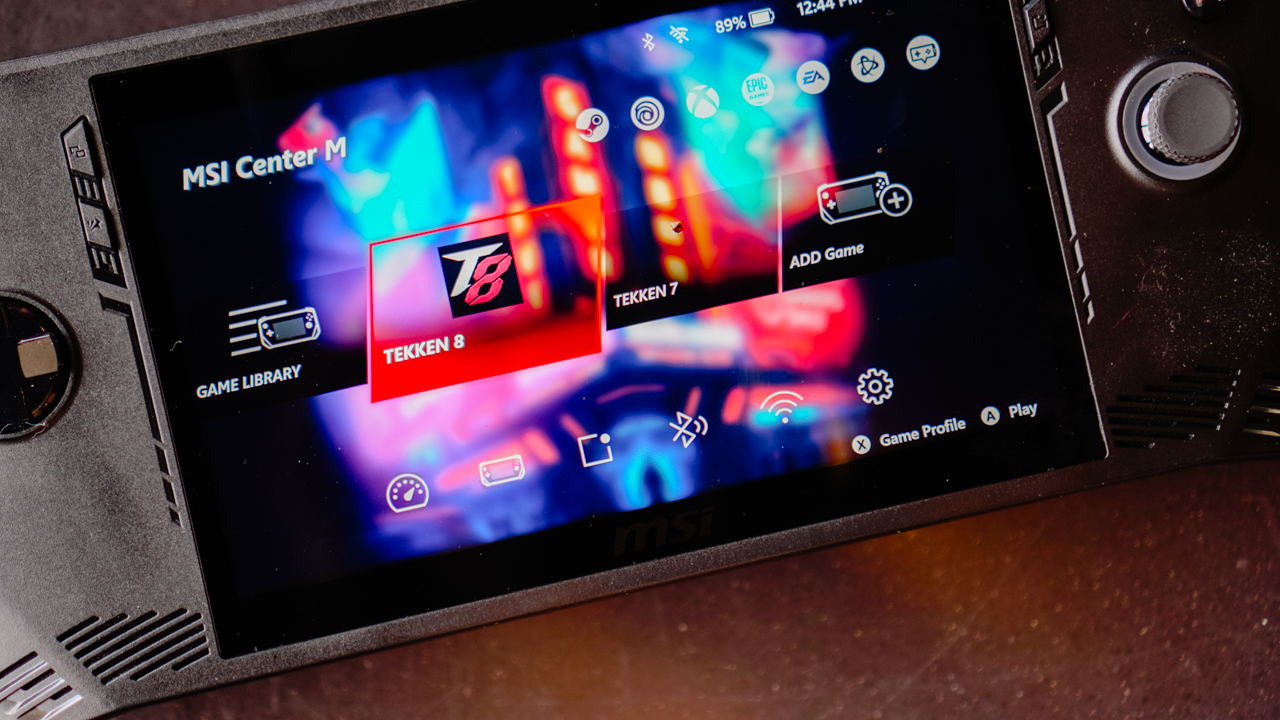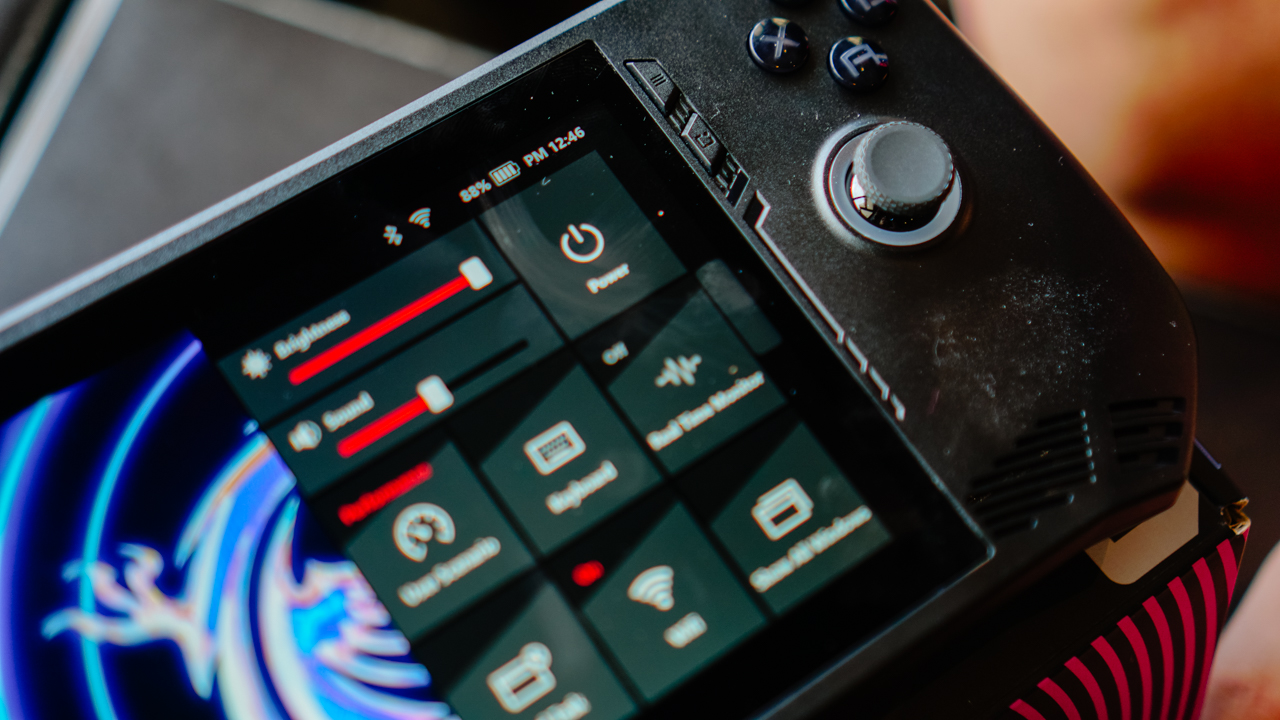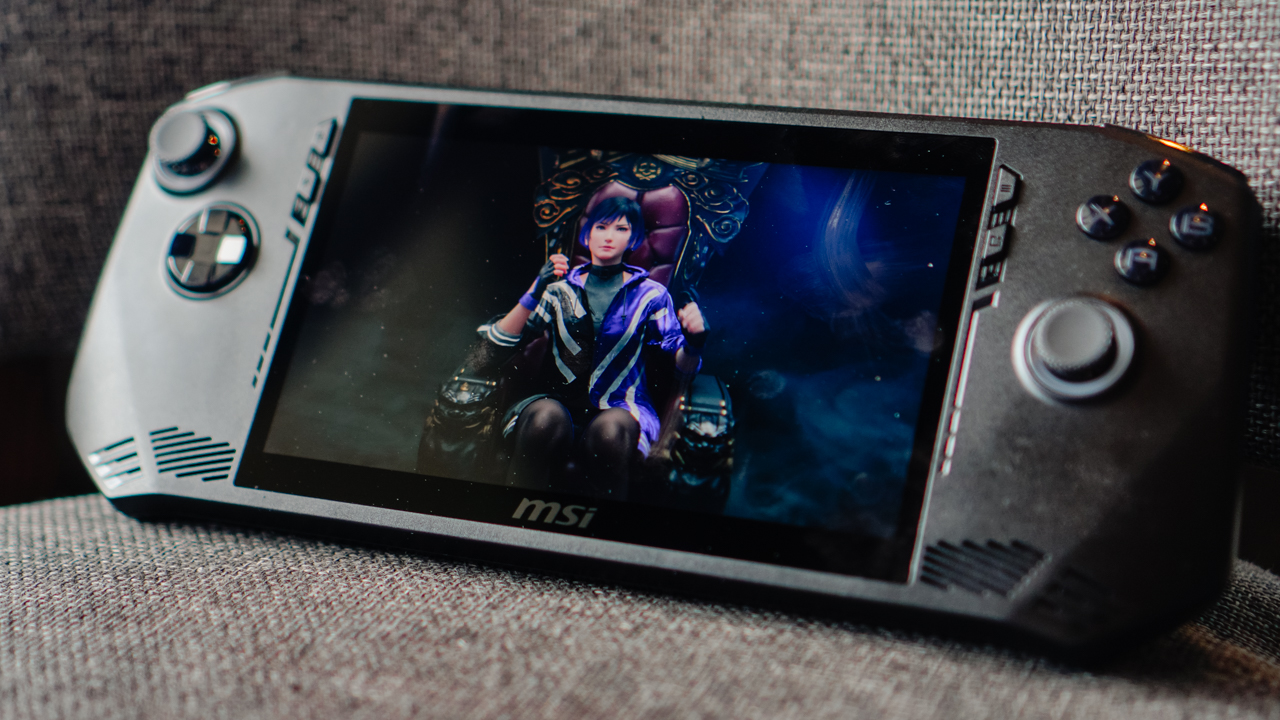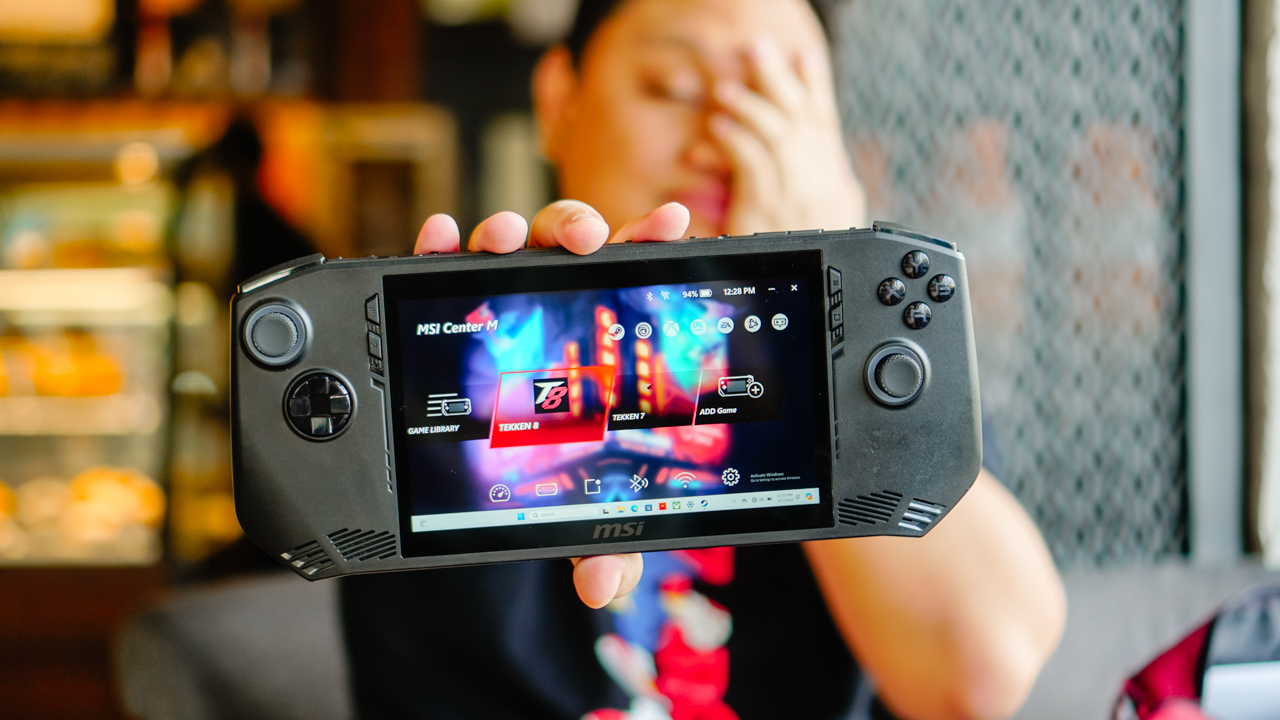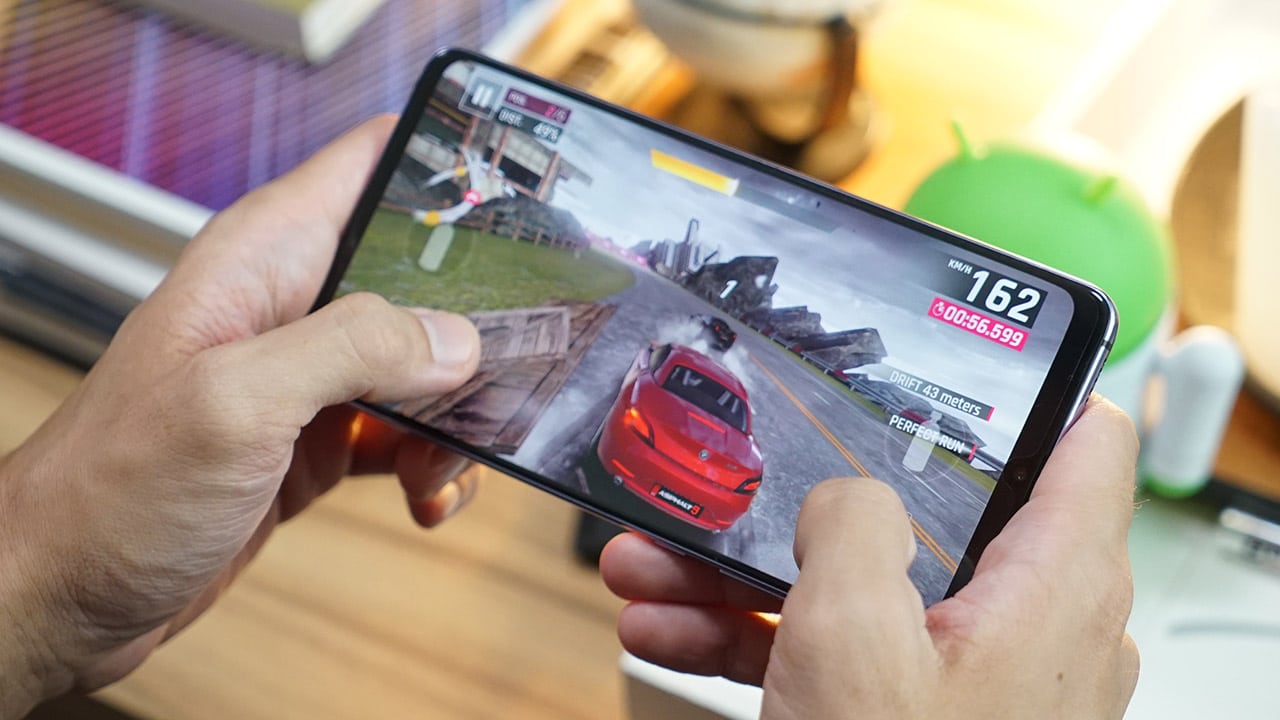

It’s easy to forget that there are a total of four members in this year’s Huawei Mate lineup. We have the Mate 20, Mate 20 Pro, Porsche Edition Huawei Mate 20 RS, and finally, the Mate 20 X.
While we more or less have a grasp of what the first three can do based on our reviews, the last one — unassumingly considered the gaming choice of the bunch — is definitely the most peculiar.
For one, it’s priced between the Mate 20 and Mate 20 Pro, while having the notch design and audio port of the former and class-leading rear cameras of the latter. At the same time, the Mate 20 X has the biggest screen and battery of the series, pegged at 7.2 inches and 5000mAh, respectively.
It’s massive in every sense of the word, and is practically a tablet compared to every other phone in the market. To make it stand out even more, Huawei equipped it with the world’s first liquid multi-dimensional cooling system that has a vapor chamber and graphene film in a smartphone, as well as powerful Dolby Atmos speakers.
So, how exactly is this positioned below the Mate 20 Pro? Well, it doesn’t have the sought-after under-display fingerprint scanner — instead going for a rear-mounted placement — and the OLED panel’s edges aren’t curved. Plus, the Mate 20 X settles for a slower 22.5W SuperCharge adapter and can’t do wireless reverse charging.
It’s confusing, but at the same time exciting. This is Huawei’s first high-end gaming smartphone, even though it doesn’t really look like one. The ROG Phone and Razer Phone 2 share that crown. Instead, the Mate 20 X is simply big… and I mean really big.
I can’t overstate enough how massive this is in my hand. I’ve used huge phones before like the Lenovo Phab series and whatever Galaxy Note I had at the time, but nothing matches the sheer mass this adds to my young wrists. It’s hefty too at 232 grams or about 50 grams more than the smaller Mate 20 phones.
This is, however, offset by the excellent multimedia experience. Not only are these stereo speakers the loudest I’ve ever listened to on a smartphone — even beating the power of the Razer Phone 2’s output — the Mate 20 X comes with an audio port on top, something the Mate 20 Pro misses out on completely.
It also helps that the notch is much smaller. It’s so negligible on this large panel that I don’t really notice it while watching videos or playing games. Again, this is something the Mate 20 Pro and its obtrusive notch can’t offer.
My only complaint pertains to the screen’s pixel density. While I normally prefer the 1080p standard for its sweet spot between sharpness and energy consumption, certain games don’t look that good when pixel peaking on such a wide display — more on this later.
Helping users grip the phone is a textured back similar to the regular Mate 20’s. The Mate 20 X comes in only Midnight Blue and Phantom Silver, the latter being exclusive to this specific model. Fortunately, a jelly case is part of the package for more grip at the expense of added bulk.
With all these details and differences out of the way, we go back to the question our title asks: Is this an underrated gaming phone? The short answer is yes. Longer answer: It depends on which games you play and how long you can handle such a large handset.
I played numerous games on the Mate 20 X, and the experience varied for each one, ranging from excellent to okay. Each title exposed the strengths and weaknesses of the phone’s gaming prowess.
Asphalt 9 is a perfect example of how ideal the Mate 20 X is for gaming. The 7.2-inch OLED makes each track feel so immersive, and the stereo speakers can cover an entire room when set to maximum volume, just as long as you don’t cover them accidentally with your palms. Since the phone is so wide in landscape orientation, it’s easier to press virtual buttons that are farther apart.
One of the challenges of Ragnarok M: Eternal Love is finding a phone that won’t skip frames while in crowded areas with lots of action, and making sure it won’t overheat at the same time. The Mate 20 X does this better than the Razer Phone 2 thanks to its cooling system and more efficient Kirin 980 chipset. I also liked how this Huawei phone got warm only in one small portion of the rear, to the left of the camera module.
Alto’s Odyssey is nowhere near as resource-intensive as the previous two games, but it definitely demands a strong audio-visual phone to look good. However, one thing that prevents the Mate 20 X from offering the best-possible experience is its lack of a faster screen refresh rate. Unlike the ROG and Razer Phones, Huawei settled for 60Hz here, which is pedestrian for gamer standards. It’s apparent in games like Alto’s Odyssey, which benefit greatly from refresh rates of 90Hz or above.
Here’s another game that would’ve benefited from a faster refresh rate, as well as greater pixel density. Because the display is so large and there are only 2244 x 1080 pixels, I could see lots of jagged edges on Pokémon Go. You could also blame the developer for not optimizing it on larger screens, but this is something the Mate 20 X should’ve anticipated, as well.
Another minor quibble happens while playing in vertical orientation. When doing so, I often cover the speaker on the bottom with my pinkie finger, as shown above. If I avoid placing any part of my hand underneath, I then have a tough time keeping the phone stable for games like Dragon Ball Legends, which require lots of tapping action.
As for battery life — a vital factor for any situation — the Mate 20 X lasts like it’s made out of batteries. The 5000mAh capacity is plenty and goes for over a day even with lots of video watching and gaming. I could play ten hours straight on this thing and it’ll still have over 20 percent left to call my mom and send that last Slack message of the day.
Does it take forever to charge, though? Not at all. Despite having a slower 22.5W SuperCharge adapter compared to the Pro’s 40W charger, I could still take the Mate 20 X from zero to full in one hour and 50 minutes, with the first 80 percent happening in the first hour alone. It’s just that last 20 percent that takes an additional 50 minutes.
From here on, everything else is pretty much like the Mate 20 and its Pro variant, from the processing power of the brand-new Kirin 980 chip to the class-leading cameras. You can read all about them in our dedicated Mate 20 and Mate 20 Pro reviews.
Here are some photos I took in between my gaming sessions. As you can see, they’re easily on the level of the more expensive Mate 20 Pro:
Is this your GadgetMatch?
As great as the Mate 20 X is in multiple aspects, its sheer size is enough of a deal-breaker to deter potential customers. I have relatively large hands but I literally can’t fully grasp this smartphone. Bigger isn’t always better.
However, if you must have the closest thing to a tablet that can handle any game with ease and kinda fit in your pocket, it doesn’t get much better than this. The loud speakers alone are worth the effort of carrying this beast around.
At the same time, the Mate 20 X squeezes itself into a tight spot. At SG$ 1,148, you may be better off getting the cheaper Mate 20 for its more pocketable dimensions; you could also add a little more for the curvier goodness of the Mate 20 Pro along with its faster charging and more convenient under-display fingerprint scanner.
Comparing it to other gamer-centric smartphones, the Mate 20 X has the clear advantage of having the best cameras of them all. Nothing else comes close, making this the best all-around device for both gaming and photography — a rare feat in the current market.
Editor’s note: Not mentioned in this review is Huawei’s newly released M-Pen. It turns this phone into a Galaxy Note competitor, although you’d have to carry the stylus with you since the Mate 20 X doesn’t have a dedicated slot for it. We didn’t get to test this, however.

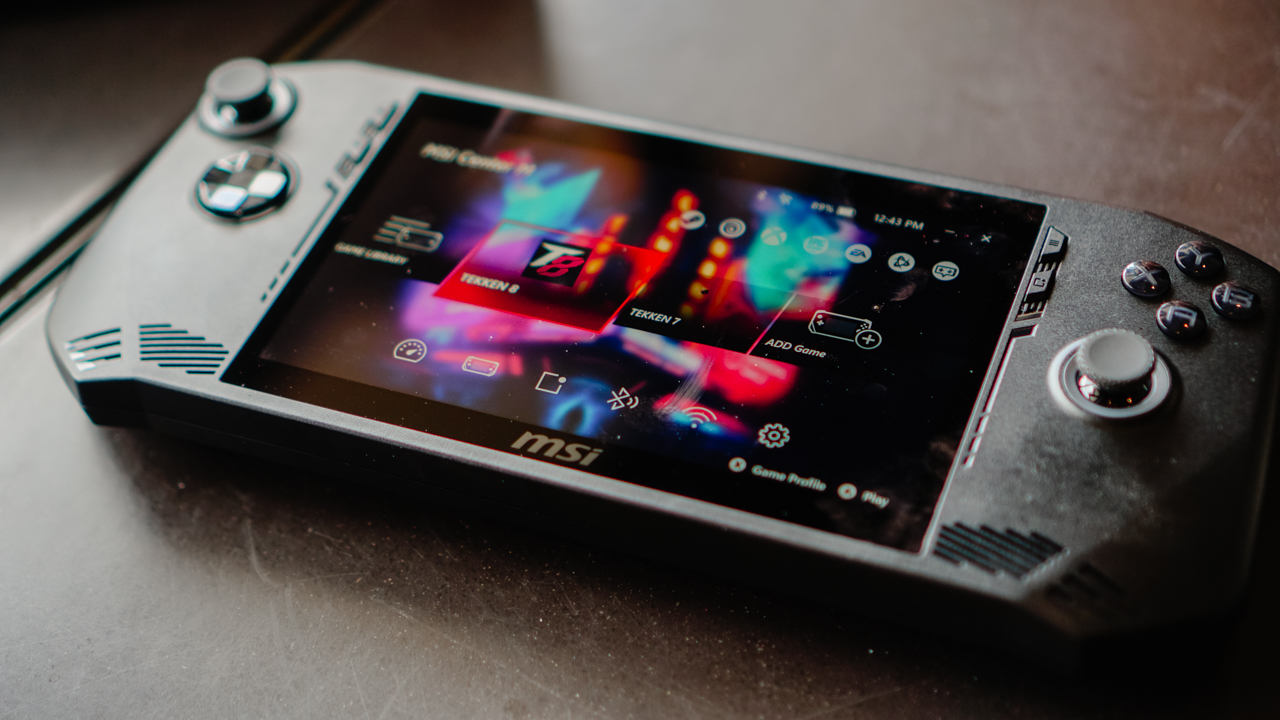
The MSI Claw is the latest gaming handheld from a major PC and laptop brand. The competition in this emerging gadget segment is tighter than ever. So, what is it about the MSI Claw that can scratch your gaming itch? Here’s a quick list.
Best grip in the game
One quick glance and it’s hard not to compare the claw with another popular gaming handheld. But a closer look and actually holding the thing will reveal that its grip easily feels better.
It has a slightly deeper groove that makes it easier to hold. So, MSI’s “Grip and Game” tagline isn’t all talk. Its design truly does provide one of the better feeling handles among its competition.
The overall design makes sure it’s made for extended gameplay sessions. The buttons are where you expect them to be. That includes the four mini buttons on the upper edges of the screen. These are the View, MSI Center M, Menu, and Quick Settings buttons.
In addition, the face buttons and d-pad all feel great. The face buttons, in particular, feel comparable to those of regular console controllers.
The rest of the buttons and triggers have a very satisfying tactile feel. It also uses Hall Effect technology to get rid of any stick drift issues.
Up top, you’ll find the power button, MicroSD Card slot, Thunderbolt 4 USB-C port, audio jack, and the volume buttons. These are intuitively placed and just makes sense given the overall design approach.
As cliché as it sounds, you’ll really think you got your money’s worth once you hold, touch, press, and grip the MSI Claw.
Dragon Vision
Now, MSI isn’t really calling it that but I thought it sounds pretty cool. A big part of the whole gaming experience is the display. Balancing resolution and frame rates is always tricky but the MSI Claw does it convincingly.
With this gaming handheld, you get a 7-inch display with a 120Hz refresh rate. Looks great on paper and it’s even better in real life. It’s the sweet spot in terms of both size and performance. There’s enough here to immerse you all while delivering a satisfying level of crisp and smoothness.
It’s comfortable to view whether you’re on the couch, on a desk table, or lying down getting a quick game in before you get some shut-eye.
Battery Life
At 53Whr, the MSI Claw has a 36% larger battery capacity than its contemporaries and promises 50% more play time.
MSI claims “elevated performance with extended endurance” using the Claw with faster charging capabilities.
These percentages are hard to measure in real life usage. What we can say for certain is that you get the expected performance and playtime typical of a handheld. That’s a little under two hours for graphically demanding titles, and close to four hours on less demanding ones.
The charging claim is legitimate. The MSI Claw juices up faster than most other handhelds, going from 20% to 100% in about a little over a K-Drama episode (roughly a little over an hour).
MSI Center M
Any self-respecting gaming handheld has its own software to make navigating the thing more manageable. While its direct competitors have an armoury crate and a space, MSI went with Center M.
The best part about MSI Center M is it puts your installed games front and center. Right when it launches, you get immediate access to the titles you have available on your machine.
MSI Afterburner is already the most commonly used app for taking a look at how your machine is performing while you play. That functionality is built-in to the MSI Claw. You can access it view the Quick Settings buttons.
Layout and functionality-wise, the MSI Center M is certainly one of the better Gaming Handheld softwares available right now.
Competitive Performance
A defining trait of the MSI Claw is that It’s the first gaming handheld to be powered by Intel Core Ultra. With it comes Intel XeSS tech. What it does is leverage AI upscaling to boost the fps of select titles.
As of launch, 50 notable games are supported. That number will certainly grow throughout the device’s lifespan. Some of the titles include Hi-Fi Rush, Dying Light 2, Forza Horizon 5, Call of Duty Warzone 2.0, Returnal, and many, many more.
Naturally, results will vary depending on the game mode you’re using. But in general, AAA games get anywhere between 10% to 45% better frame rate performance with Intel XeSS.
For our part we played TEKKEN 8 and the recently launched Horizon Forbidden West. Both graphically demanding games played relatively well on the MSI Claw. Frame rate performance on TEKKEN 8 is crucial and we got a relatively consistent fps, never dropping below 40.
Horizon Forbidden West is a much more graphically demanding game. We were able to run it in Medium Settings and while it doesn’t look as incredible, it still played relatively well with a frame rate surprising for a gaming handheld.
Extras
MSI made sure that if you wanted to, you could get some extra stuff with the MSI Claw. Its separately sold accessory set includes the Claw Travel Case, Nest Docking Station, Claw Lanyard, and Claw Keychain.
On paper, the MSI Claw lists its ergonomic design, AI Engine, and App Player as distinct advantages over its competition.
Whether it’s the Gaming Handheld that matches your needs is still ultimately up to you. If you have the opportunity to test drive the device, we suggest you do so. That might just solidify your purchase decision.
Price and availability in the Philippines
The MSI Claw will be available in three configurations in the Philippines. There are priced as follows:
MSI Claw A1M-075PH (PhP 45, 995).
- Intel® Core™ Ultra 5 processor 135H
- 512GB NVMe PCIe Gen4x4
- LPDDR5 16GB, dual channel
- Intel® Arc™ Graphics
Claw A1M-076PH (PhP 50, 995).
- Intel® Core™ Ultra 7 processor 155H
- 512GB NVMe PCIe Gen4x4
- LPDDR5 16GB, dual channel
- Intel® Arc™ Graphics
Claw A1M-077PH (PhP 53, 995).
- Intel® Core™ Ultra 7 processor 155H
- 1TB NVMe PCIe Gen4x4
- LPDDR5 16GB, dual channel
- Intel® Arc™ Graphics
Ongoing Promotion
You can still get your own MSI Claw with exclusive bundled freebies 𝐄𝐗𝐓𝐄𝐍𝐃 until 𝐀𝐩𝐫𝐢𝐥 𝟑𝟎, 𝟐𝟎𝟐𝟒!
This feature article is a collaboration between GadgetMatch and MSI Philippines.

If you’ve been waiting for an opportunity to try Assassin’s Creed Mirage, that opportunity has come. The game is available for free trial on the PS5, PS4, Xbox Series X|S, Xbox One, Windows PC, Ubisoft Store, and the Epic Games Store. The promotion will be available from April 17 to 30.
During the Free Trial, players will have access to the first two (2) hours of the. Progression will carry over if they purchase the game.
Players streaming will be able to get and offer to their viewers an exclusive reward: Basim Valhalla Sword, if they stream during the Free Trial period. This unique sword is Basim’s weapon from his later years in England.
Discounts will also be available on PC via Ubisoft Connect only. From April 17t to 24 , Assassin’s Creed Mirage Standard Edition and Deluxe Edition will be 40% off.
Assassin’s Creed Mirage
Assassin’s Creed Mirage spins a tale centered around an already established character, rather than a blank slate like Valhalla’s Eivor. It follows Basim Ibn Ishaq, a character introduced in Valhalla. Taking place before the events of the previous game, Mirage has the assassin root out the Order in 9th-century Baghdad, a setting familiar to those who played the original title in 2007.
SEE ALSO: Assassin’s Creed Mirage review
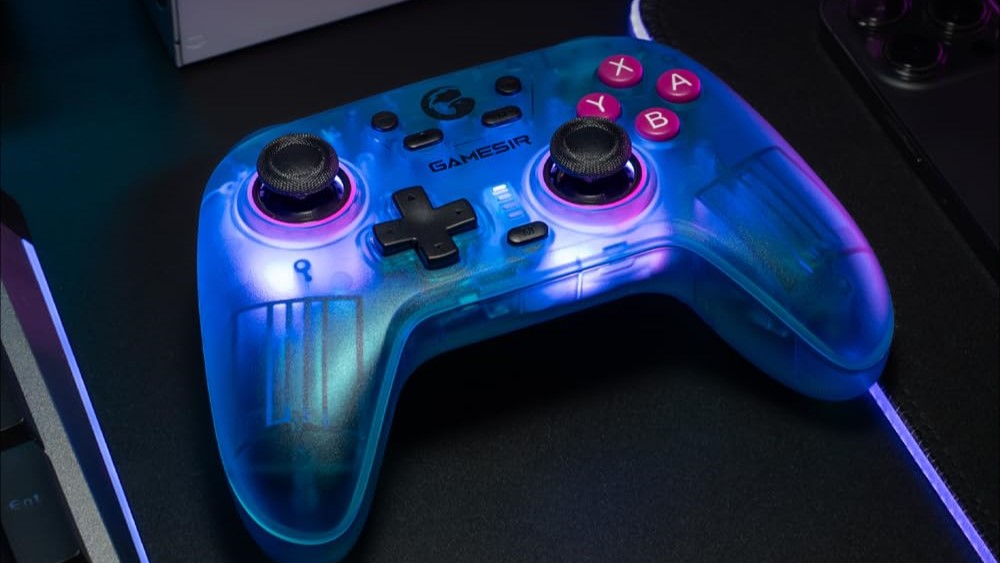
Gaming peripherals brand GameSir has introduced two new budget-friendly gaming controllers: The GameSir Nova and GameSir Nova Lite.
These controllers feature multi-platform compatibility and cutting-edge technologies, like anti-drift Hall effect sticks and tri-mode connectivity, for affordable price points.
The GameSir Nova is available for UK£ 39.99/US$ 35.99/PhP 2,100 while the GameSir Nova Lite costs UK£ 29.99/US$ 24.99/PhP 1,500.
Color options for the Nova are Neon Teal and Retro White, while the Nova Lite comes in Stellar White and Space Purple. Customers may purchase from Amazon, Amazon UK, and the GameSir website.
Ultimate multi-platform gaming controller
The GameSir Nova and Nova Lite are both compatible with multiple devices, including PC, iOS, Android, and Switch. The Nova Lite, meanwhile, can also connect to Steam Deck.
Both controllers also support tri-mode connectivity for flexibility. The Nova can be connected via Bluetooth, 2.4GHz, or a wired connection. Its Lite counterpart supports Bluetooth, a wireless dongle, and a wired configuration.
Precise, consistent gaming
With anti-drift Hall effect sticks, the Nova provides a smooth and consistent gaming experience. It uses specially optimized algorithms, and even supports motion controls to tilt, shake, or rotate for more immersion.
The Dual HD Rumble Motors in the grips also provide vibrations for real and precise feedback, whatever the game’s effects may be. Furthermore, there are two programmable macro back buttons that allows gamers to execute complex combos with ease.
The Nova Lite, meanwhile, also has analogue triggers, a 20Hz Turbo function, and two motors in the grips to cater to the user’s needs and feel.
In addition, the Lite includes a multi-function M button. Users may use this button to adjust different settings on the fly. For instance, pressing M plus the D-pad’s up and down buttons raises or lowers the vibration intensity. The sticks’ dead zones may also be adjusted to one’s liking.
-

 Accessories2 weeks ago
Accessories2 weeks agoApple Vision Pro Review: Two Months Later
-

 Features5 days ago
Features5 days agoFortify your home office or business setup with these devices
-

 Gaming1 week ago
Gaming1 week agoThe Rogue Prince of Persia looks like an ultra-colorful roguelite
-

 Events1 week ago
Events1 week agoStellar Blade: PlayStation taps cosplayers to play Eve for game’s launch
-

 Gaming1 week ago
Gaming1 week agoStar Wars Outlaws release date revealed
-

 Accessories1 week ago
Accessories1 week agoLogitech unveils G Pro X 60 gaming keyboard: Price, details
-

 Philippines2 weeks ago
Philippines2 weeks agovivo Y100 to release in Philippines on April 27
-

 Deals2 weeks ago
Deals2 weeks agoSamsung Awesome April: Deals on Galaxy A series

